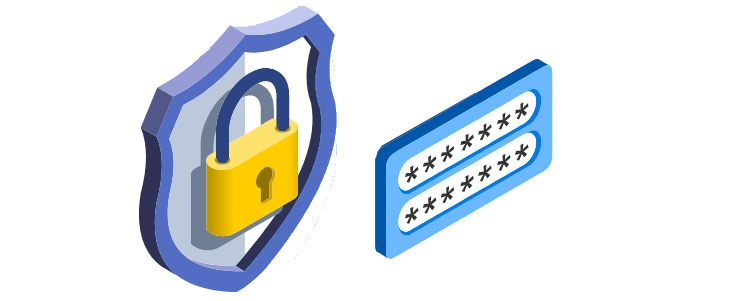Contact us for a personal offer on FinMV that is customized to your needs.
The purpose of a software audit is to check the quality, progress or adherence to plans, standards, and regulations of a software program by either internal teams or independent auditors. There are many reasons for conducting software audits, including tracking and reporting software use, including frequency and who is using it; verifying licensing compliance; monitoring for quality assurance (QA); complying with industry standards; and meeting legal requirements.
An independent verification of the compliance of software programs with development plans, industry standards, best practices, and legal practices is usually performed by third-party reviewers and teams. In compliance audits, standards may be examined as well as legal regulatory compliance. In the case of critical infrastructure and key resources, such audits are especially important. A software audit evaluates if a software product or process is compliant with regulations, standards, and procedures instead of focusing on the technical quality of the software.

An internal audit can help an organization improve its efficiency by reducing inactive or expired licenses and identifying problems before they become licensing or regulatory issues. An external, or third-party, review typically focuses on software that is being used beyond licensed rights and can help identify compliance gaps. A company should conduct an internal audit before conducting an external audit because of these different priorities.
Software audits can be conducted when an organization feels that it may have breached its user agreement. These are necessary to verify licensing compliance, assess QA and make sure licenses remain current and up-to-date. It is also a key opportunity to determine whether their industry standards are still being adhered to. Furthermore, such audits aid in the identification of any unused tools with current licenses; taking away these can help save resources for the organization. Finally, a software audit acts as a checkup for any lack of visibility or process bottlenecks for the software under scrutiny.
The selection of a team to handle audits if and when they arise is a good idea to have ahead of time. The team can be internal or external, and the members can use their experience to ensure a smooth audit process.
List the policies and procedures in place, the hardware, software, and licenses the organization uses, and proof of ownership.
Reviewing the results of the software audit by a team of senior managers and external specialists is the next step.
Using a software asset management tool, organizations can more easily find and correct license shortages, as well as detect older, unused licenses.
Before an audit is initiated, the software vendor sends the organization a notification detailing the process. The letter should specify information such as what precisely will be requested as part of the audit, and provide a timeline for the organization to respond. To facilitate this project, it is beneficial to create a squad with personnel from IT, legal and software procurement divisions. Furthermore, people from legal should assess any documents such as end-user license agreement that may be pertinent. Additionally, designating someone to communicate with auditors can help ensure smooth progress. Additionally, for confidentiality and protection against unauthorized disclosure between auditors, vendor and organization conducting audit; a non-disclosure contract ought to be in order. Lastly, additional steps need to be taken like defining scope of the audit which should include areas included in the process and products being used.
It is important to have the organization and contracted auditors meet at the start of a software audit to discuss each phase. The kickoff meeting should also cover topics such as the timeline and scope of the audit. Auditors begin gathering data relevant to the audit's scope, such as hardware devices, lists of applications, software licenses, and proof of licenses. The auditor should be informed about how long it will take to test a tool or script if it needs to be tested.
After the auditors perform the audit and recorders take notes on action items and recommendations, the auditors schedule a software audit review meeting with the organization being audited. An audit report meeting discusses the audit findings and addresses potential concerns. The auditors report their findings so the organization can improve. The organization can also meet with its contracted software vendors to discuss how it can correct any errors.
Request an independent examination of a software product, software process, or set of software processes to assess compliance with specifications, standards, contractual agreements, or other criteria.